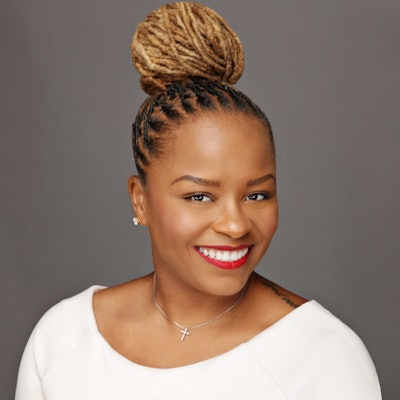Some people are undoubtedly wondering why United States Vice President Kamala Harris chose the Fisk Memorial Chapel as the venue from which she offered last Friday's remarks in support of the Tennessee General Assembly's then-recently expelled Democratic Reps. Justin Pearson and Justin Jones.
Jones has since returned to the Capitol following a unanimous vote by the Nashville Metropolitan Council to reappoint him as an interim representative. Pearson, too, has been reappointed via vote by the Shelby County Board of Commissioners. Dr. Crystal A. deGregory
Dr. Crystal A. deGregory
But the fate of “the Justins” was uncertain when Republican lawmakers expelled them as a comeuppance for their part in a March 30 nonviolent protest in support of gun control. With Rep. Gloria Johnson, who also faced expulsion but against whom the vote failed, the trio, dubbed "The Tennessee Three," unsurprisingly garnered immediate support from The White House.
But why did they appear on the ground at Nashville's Fisk Memorial Chapel?
Most obviously, the choice was likely related to Fisk University, the oldest institution of higher learning in Nashville, being Jones' alma mater. He shares the claim with Black luminaries stretching from Dr. W.E.B. Du Bois to the late Rep. John Lewis. As the home to the nonviolent Black college student protests of the modern Civil Rights Movement, Lewis joined a pantheon of Fisk student activists, including the 2022 Presidential Medal of Freedom Awardee Diane Judith Nash.
Dedicated in January 1866 as a freedmen's school, Fisk has a long, storied tradition of nonviolent Black activism. Those efforts may begin inside Fisk's classrooms but stretch far beyond the campus and its environs to business and industry, the arts and humanities, as well as politics and the public square.





















